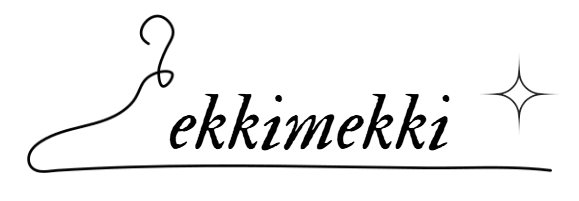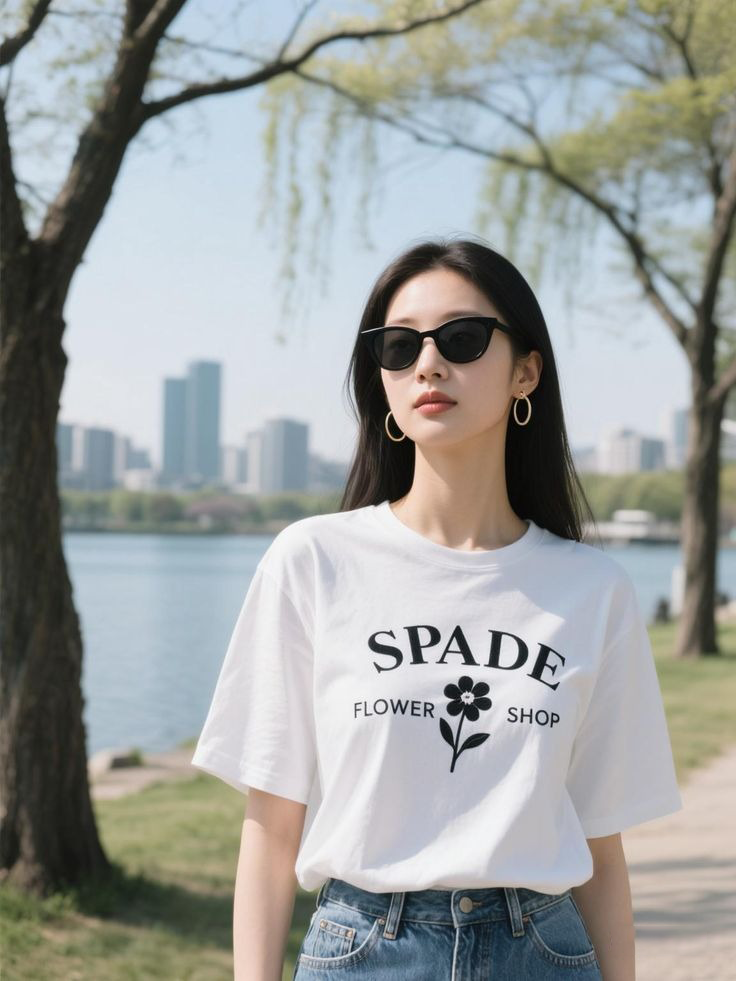Fashion is often regarded as a fleeting aspect of life, constantly changing with trends and seasons. Yet when examined more deeply, it becomes clear that fashion is a living archive of history, capturing the essence of each era and reflecting the evolution of humanity itself. From the garments worn in ancient civilizations to the futuristic designs of today, fashion tells the story of social hierarchies, political revolutions, cultural exchanges, and technological innovations. It is not only an expression of style but also a chronicle of human progress, marking the milestones of civilization while shaping how societies move forward.
Looking back at ancient civilizations, fashion reveals how early humans expressed identity and values. In Egypt, elaborate garments and jewelry were not only signs of wealth but also indicators of spiritual beliefs, with certain colors and fabrics associated with divine protection. The Greeks and Romans used clothing to signal class distinctions, with togas and robes becoming symbols of citizenship and authority. In these societies, fashion functioned as more than adornment; it was a structured system that reinforced order and communicated roles within a community. Through these examples, we see that the earliest expressions of clothing were deeply tied to power, spirituality, and social belonging.
As history advanced, fashion became a powerful reflection of cultural and political change. During the Renaissance, Europe witnessed a revival of art, science, and literature, and fashion followed suit. Garments became elaborate works of art, featuring intricate embroidery, luxurious fabrics, and symbolic colors. Clothing in this period was not only a matter of taste but also an embodiment of humanism and intellectual flourishing. Similarly, the French court of the seventeenth and eighteenth centuries transformed fashion into a theater of opulence, with monarchs like Louis XIV using clothing as a political instrument to assert power and control over the nobility. These historical episodes reveal fashion’s close relationship with authority and its ability to shape political narratives.
Revolutions also left their mark on fashion. The French Revolution brought with it a rejection of aristocratic extravagance in favor of simpler, more egalitarian styles. Clothing became a statement of political alignment, as citizens adopted attire that reflected revolutionary ideals. In the twentieth century, world wars reshaped fashion once again, with practicality and resource scarcity influencing design. Women adopted trousers and uniforms during wartime, challenging gender norms and paving the way for greater social equality. Fashion, in these moments, served as both a mirror of necessity and a tool of transformation, signaling broader societal shifts.
The Industrial Revolution marked another turning point in the history of fashion, introducing mass production and making clothing more accessible to a wider population. What was once exclusive to the elite became available to ordinary citizens, democratizing style and fueling the rise of consumer culture. The invention of the sewing machine, new textile technologies, and the growth of department stores transformed fashion from a privilege of the few into an everyday experience for many. This democratization of clothing mirrored the broader social progress of industrial society, where access and opportunity expanded beyond traditional boundaries.
The twentieth century stands as one of the most dynamic eras in fashion history, with styles reflecting rapid social, cultural, and technological changes. The flapper dresses of the 1920s embodied the liberation of women, symbolizing newfound freedoms in lifestyle and expression. The postwar glamour of the 1950s reflected a desire for stability and prosperity, while the rebellious countercultures of the 1960s and 1970s used clothing to protest conformity and authority. Punk fashion, hippie styles, and disco culture each left lasting imprints, showing how garments became emblems of defiance, freedom, and joy. Each decade of the century serves as a vivid illustration of fashion’s ability to capture the mood of its time, transforming it into wearable history.
As globalization expanded in the late twentieth and early twenty-first centuries, fashion became a meeting point of cultures. Designers drew inspiration from around the world, blending patterns, fabrics, and traditions into new hybrids. At the same time, the spread of media and technology accelerated the pace of fashion, making trends global phenomena in mere days. This interconnectedness reflects humanity’s progress toward a more integrated world, while also raising questions about cultural preservation and appropriation. Fashion, in this sense, becomes a field where history and the present constantly interact, negotiating respect for heritage with the desire for innovation.
Technology has played a particularly crucial role in shaping modern fashion, just as it has influenced broader human progress. The digital age has introduced virtual fashion shows, 3D-printed garments, and online platforms that allow global participation in style creation. Fashion now exists both physically and digitally, with virtual garments becoming part of online identities. This development mirrors humanity’s transition into a digital society, where self-expression extends into virtual spaces and technology redefines the boundaries of creativity. Fashion continues to document this evolution, serving as a record of the digital revolution in progress.
Environmental awareness represents another pivotal chapter in fashion’s historical narrative. Just as past eras reflected social and political change, the present moment reflects the urgent call for sustainability. The rise of eco-conscious fashion, recycling initiatives, and ethical production practices demonstrates humanity’s growing recognition of its impact on the planet. This shift shows how fashion not only mirrors history but also participates actively in shaping its course, offering solutions to one of the greatest challenges of modern times. In this way, fashion becomes a testimony to humanity’s ongoing struggle for balance between consumption and preservation.
Fashion’s ability to reflect history is also evident in its cyclical nature. Trends from past decades often resurface in new forms, reminding us that history is never truly left behind. Vintage styles become fashionable again, reinterpreted for contemporary audiences while retaining their historical essence. This cycle of revival connects the present to the past, allowing each generation to engage with history through clothing. Fashion thus becomes a bridge across time, linking people to the aesthetics, values, and struggles of those who came before them.
At its heart, fashion as a reflection of history and human progress is a reminder that clothing is never just about appearance. It is a cultural archive, a political statement, an economic driver, and an artistic expression. From ancient robes to futuristic digital garments, fashion captures the essence of humanity’s journey, documenting how societies rise, fall, and evolve. It shows how people adapt to change, respond to crises, celebrate achievements, and express their identities across centuries.
In every thread and every design, fashion carries the imprint of history. It tells stories of kings and queens, of revolutions and wars, of liberation and resistance, of creativity and innovation. It reflects both the triumphs and the struggles of humanity, standing as a living testament to progress. By studying fashion, we gain insights not only into what people wore but also into who they were, what they valued, and how they envisioned their future.
As humanity continues to move forward, fashion will remain an ever-changing yet constant companion, documenting the milestones of progress while shaping the path ahead. It will remind us that history is not only recorded in books and monuments but also in the garments we wear, the styles we embrace, and the identities we project. Fashion, in its profound connection to history and human progress, will always be one of the most powerful expressions of what it means to be human

